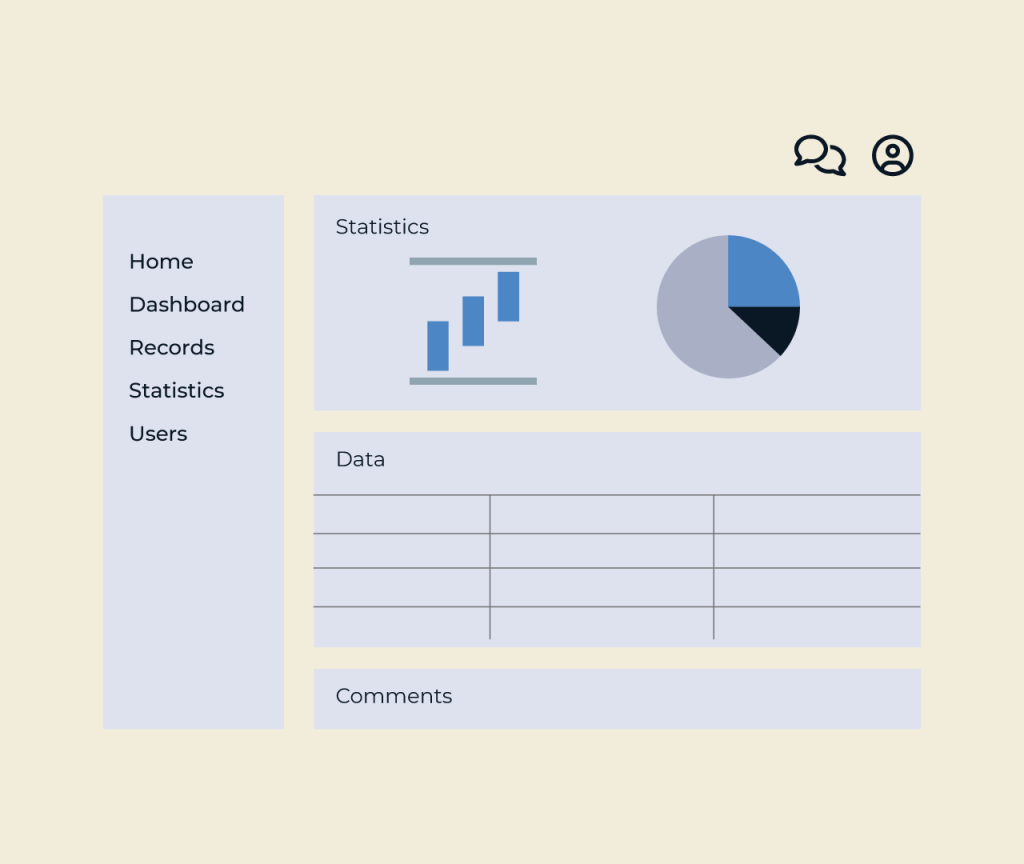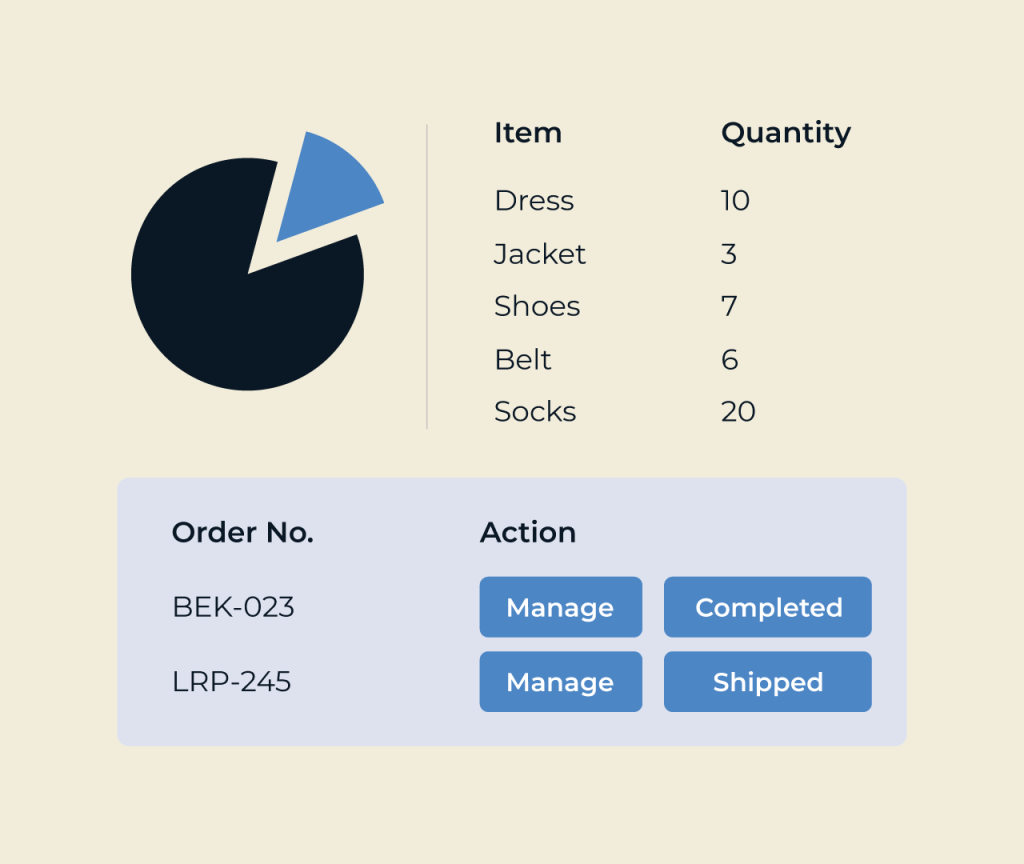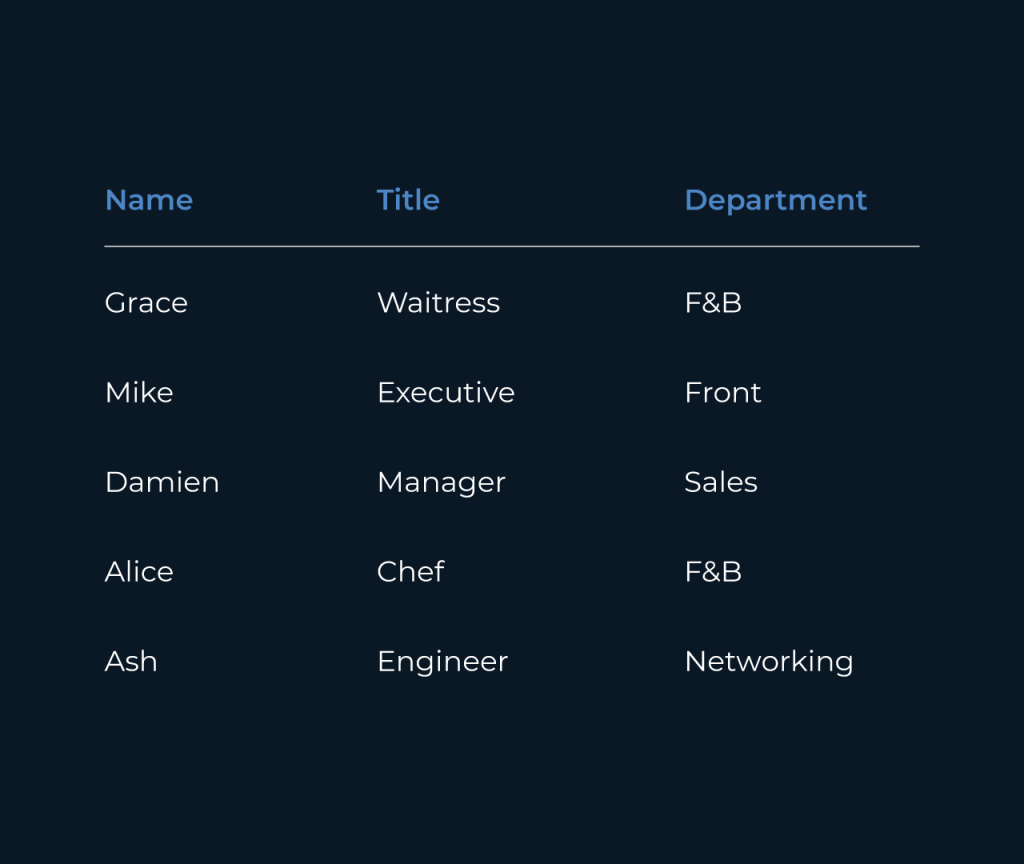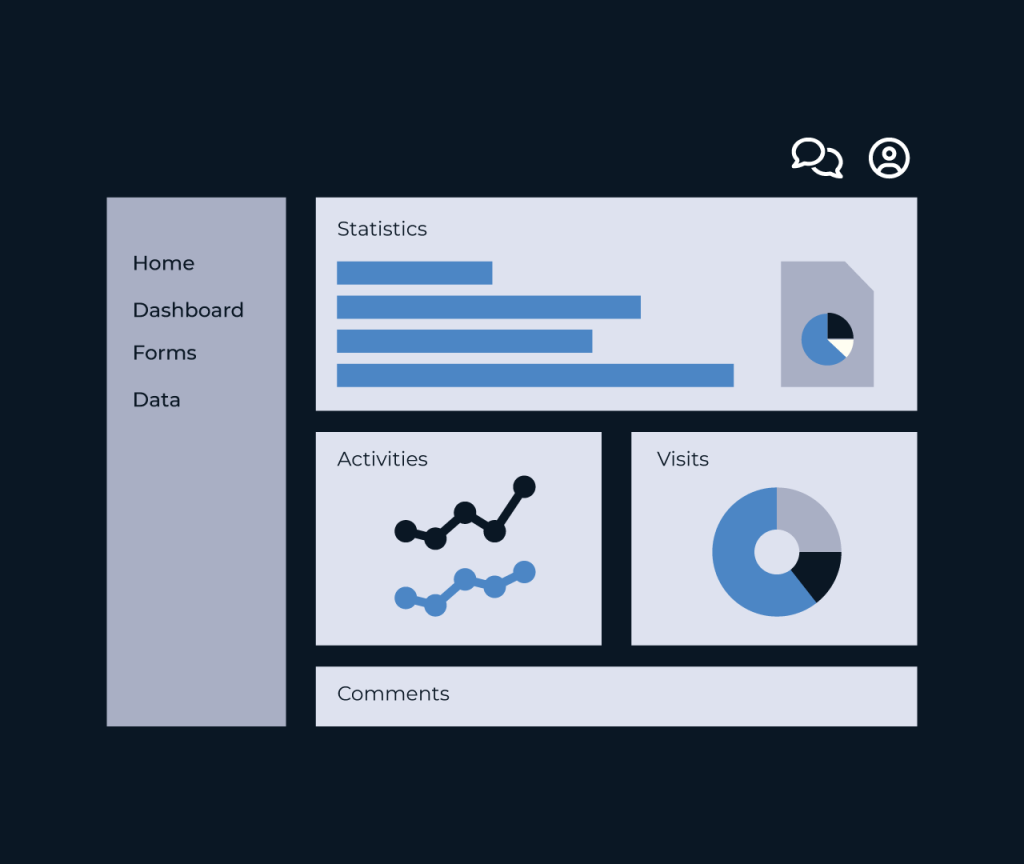Create a Sales Performance Dashboard
Creating a sales performance dashboard is essential for tracking your team’s effectiveness and aligning strategies with business goals. A well-designed dashboard provides valuable insights into key performance indicators (KPIs), helping you make data-driven decisions that can drive growth and efficiency.
Five simplifies the process of building a customized sales performance dashboard. With its intuitive interface, users can easily select and visualize relevant metrics such as sales growth, conversion rates, and customer acquisition costs. Effortlessly integrate data from various sources to gain a comprehensive view of your sales landscape, enabling you to optimize performance and fuel success.








